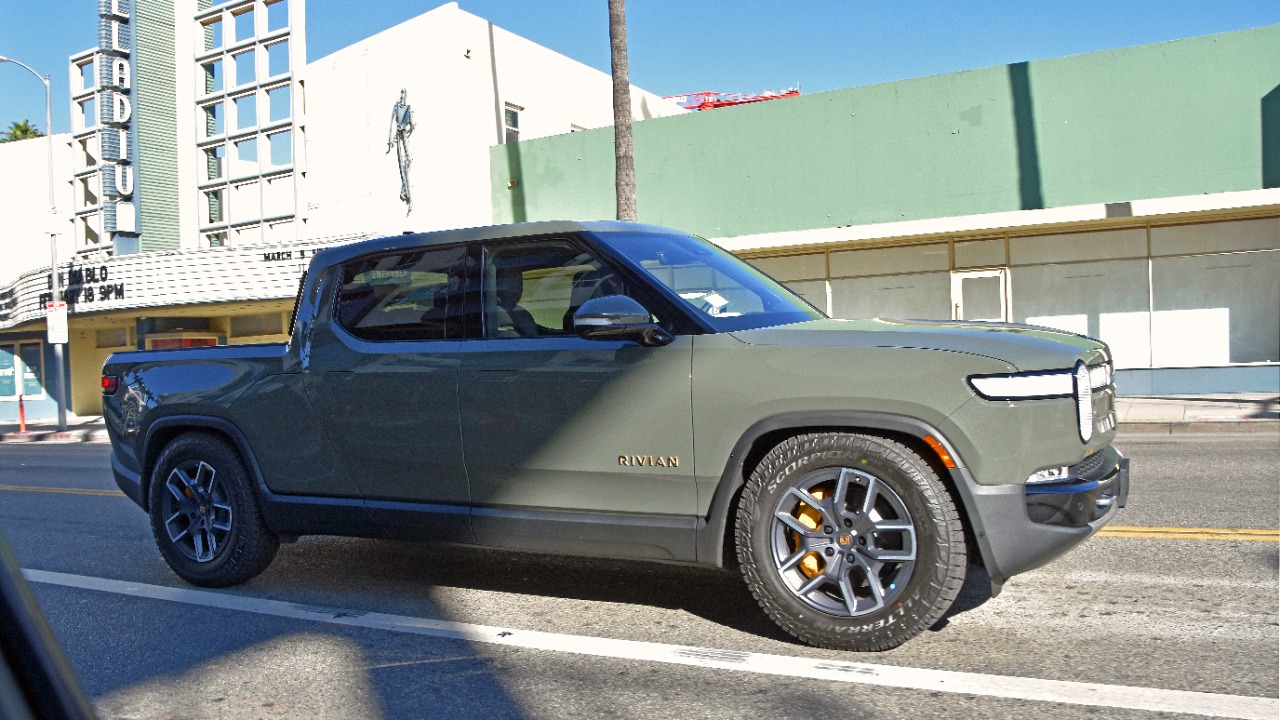
Rivian, the electric vehicle manufacturer, has announced a notable integration of Google Maps into its in-car navigation system. This strategic partnership aims to enhance the driving experience for its users by leveraging Google’s robust mapping technology, while also marking a pivotal moment in Rivian’s approach to in-car connectivity.
The Strategic Partnership
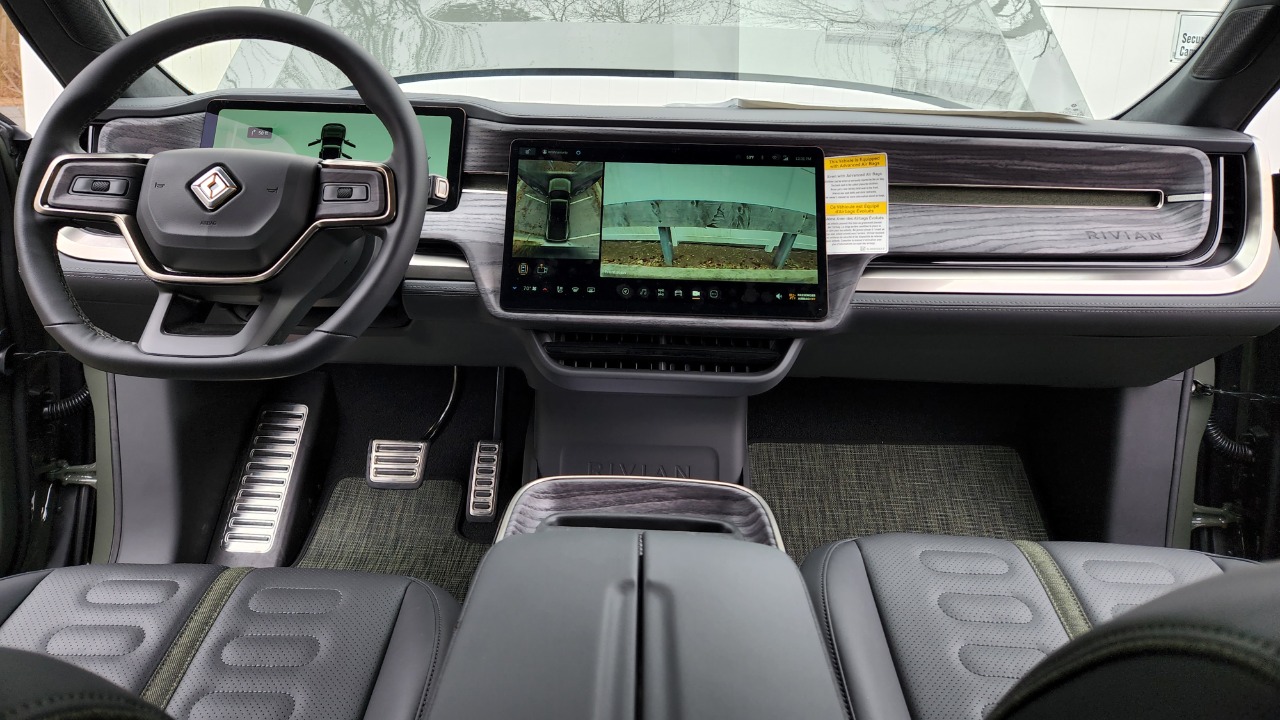
The collaboration between Rivian and Google is a strategic move that underscores Rivian’s commitment to enhancing its vehicles’ technological capabilities. By choosing Google Maps as the default navigation system, Rivian aims to provide its users with a familiar and reliable tool that is synonymous with accuracy and extensive features. This decision not only aligns with Rivian’s growth strategy but also positions the company as a forward-thinking player in the competitive EV market.
For Rivian and its users, this partnership brings multiple benefits. Google Maps offers features like real-time traffic updates, route optimization, and detailed area information that can significantly enhance the driving experience. For instance, Rivian drivers can now enjoy seamless navigation even in remote areas, thanks to Google Maps’ offline capabilities. This integration is expected to boost user experience and customer satisfaction, making Rivian vehicles more appealing to tech-savvy consumers who prioritize connectivity and convenience.
Technical Integration Details
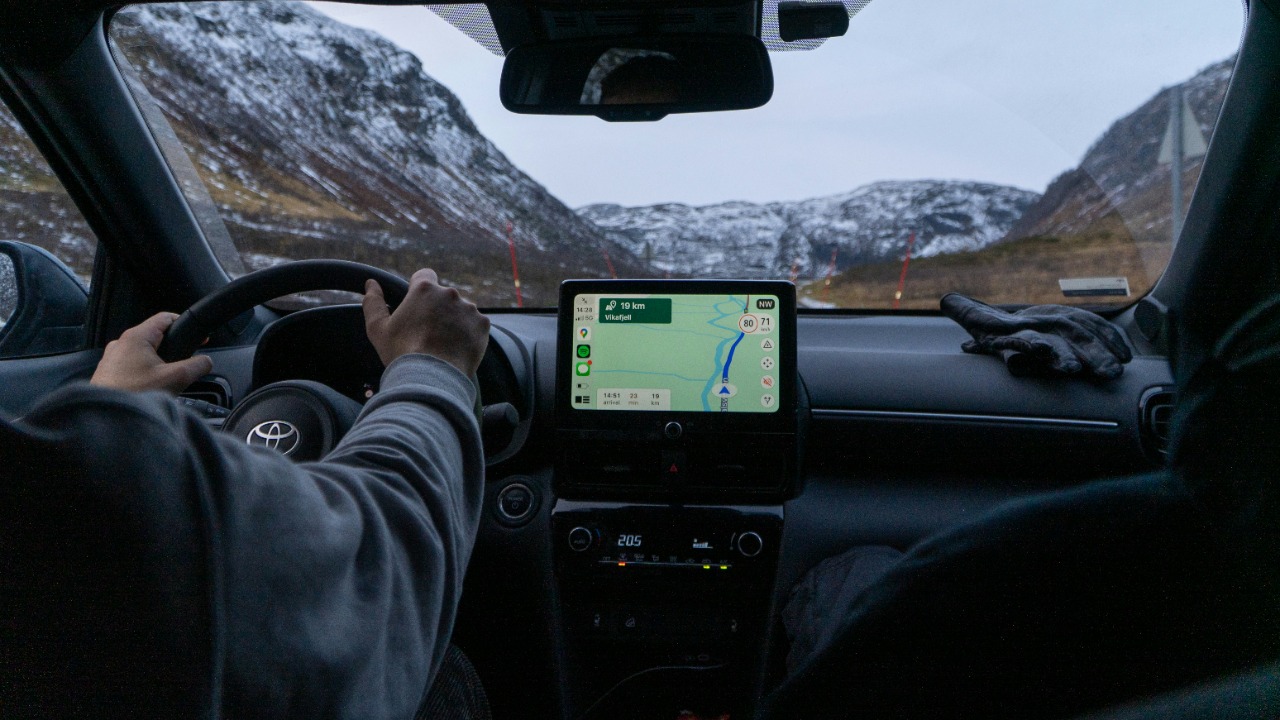
Integrating Google Maps into Rivian’s system was a comprehensive process involving several technical steps. Rivian’s engineering team worked closely with Google to ensure a smooth transition. This included adapting the existing infotainment system to accommodate Google Maps’ features and ensuring compatibility with Rivian’s unique software architecture. Despite the complexity, the integration was achieved without significant disruptions, thanks to rigorous testing and a collaborative approach to problem-solving.
With Google Maps now accessible within Rivian’s interface, users can enjoy a plethora of new features. These include offline maps, which are particularly useful for long road trips or in areas with spotty internet coverage, and voice-guided navigation, which allows drivers to keep their focus on the road. Additionally, Rivian has tailored these features to complement its electric vehicle technology, such as integrating charging station locations and optimizing routes for battery efficiency.
Implications for Rivian’s Ecosystem
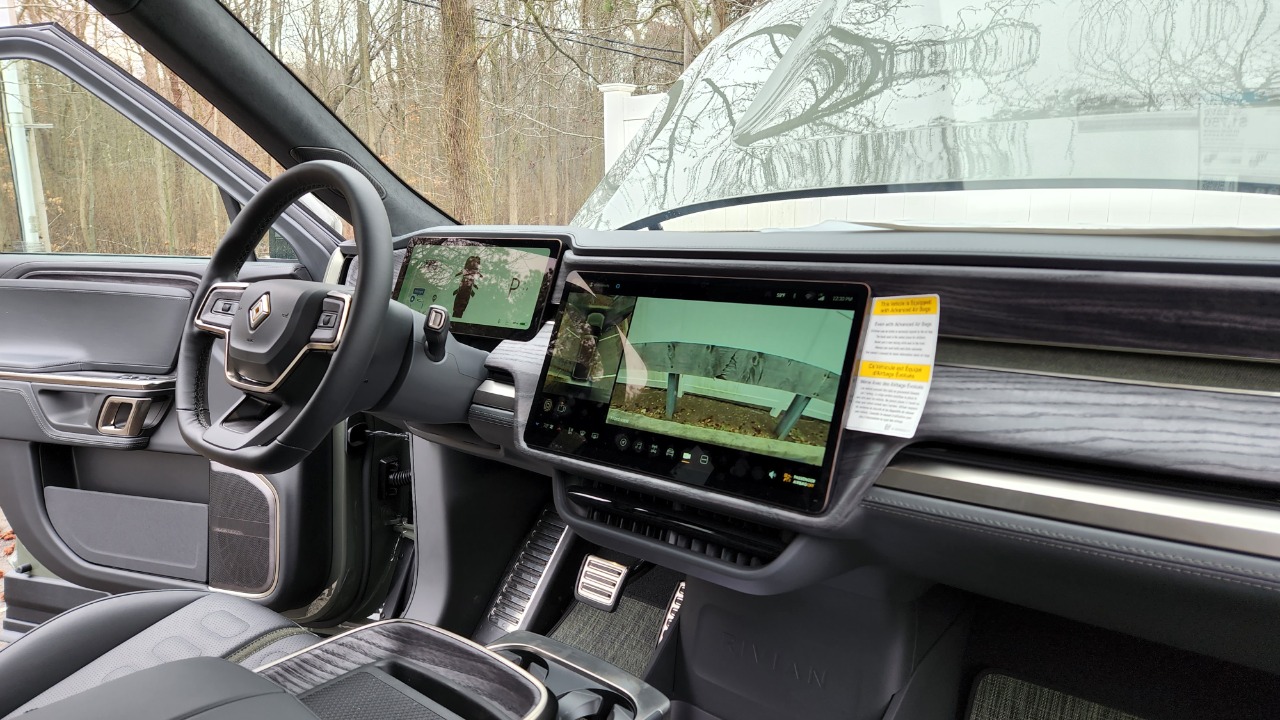
The integration of Google Maps has significant implications for Rivian’s operating system. It necessitates updates to Rivian’s proprietary software and user interface to ensure a seamless user experience. Users can expect improvements in their vehicles’ infotainment systems, including more intuitive navigation and enhanced connectivity features. This move reflects Rivian’s commitment to continuous innovation and improving its product offerings.
However, a notable aspect of this integration is Rivian’s decision to exclude platforms like Apple CarPlay and Android Auto. This choice aligns with Rivian’s strategy to create a unique and cohesive user experience centered around Google Maps. While this might limit some options for users who prefer alternative platforms, Rivian is betting on the strength of the Google integration to win over its user base. The decision has sparked discussions among customers, with some expressing disappointment, while others appreciate the streamlined approach.
Market and Industry Reactions

The initial reactions from Rivian owners and potential buyers regarding the Google Maps integration have been generally positive. Many consumers appreciate the enhanced navigation features and the reliability that Google Maps brings. Discussions on platforms like Reddit reveal a mix of excitement and curiosity about the potential improvements in user experience.
From an industry perspective, Rivian’s move is seen as a smart step in aligning itself with established technology leaders. Automotive experts note that this integration could set a precedent for other manufacturers considering similar partnerships. By opting for Google Maps, Rivian avoids the complexities of developing a proprietary mapping system and instead leverages a proven solution. This strategy is comparable to moves by other manufacturers who have also integrated third-party navigation systems to enhance their vehicles’ technological appeal.
Future Prospects
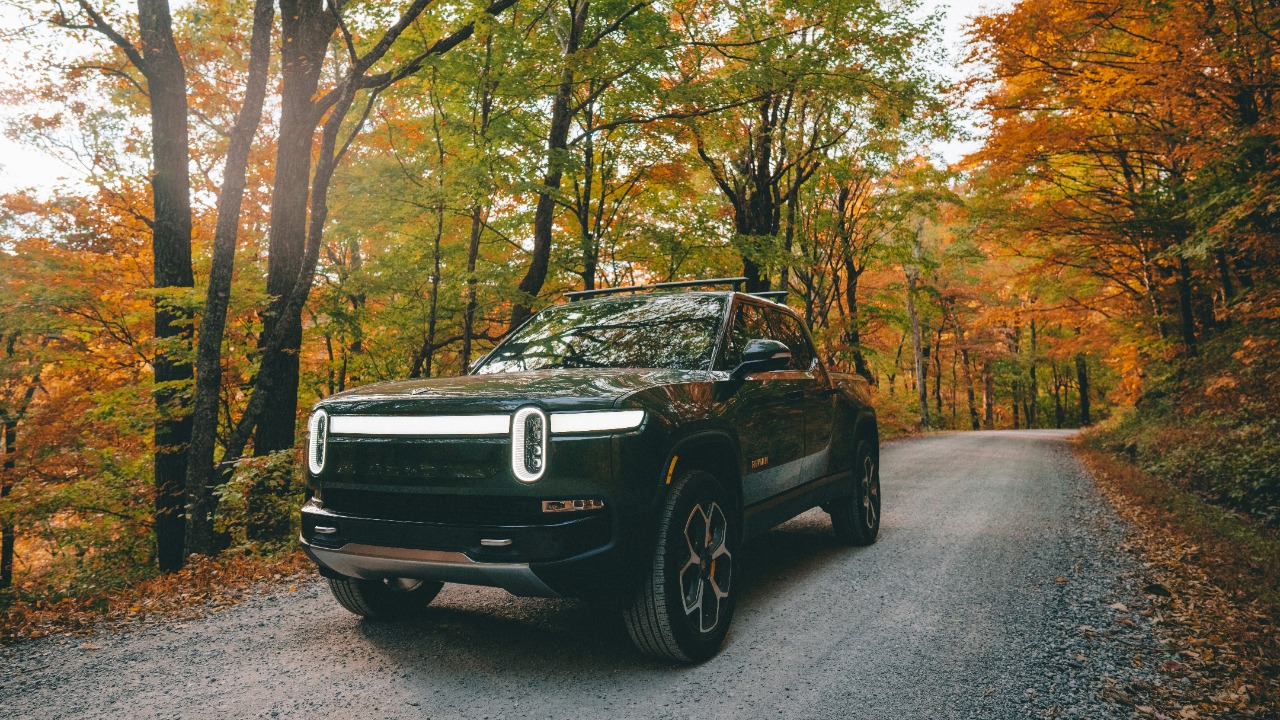
Looking ahead, Rivian’s integration of Google Maps could pave the way for further enhancements and partnerships. As technology continues to evolve, Rivian may explore additional collaborations to expand its vehicles’ capabilities. This integration aligns with Rivian’s long-term goals for innovation and customer engagement, suggesting that the company is committed to staying at the forefront of automotive technology.
However, Rivian must remain vigilant to potential challenges that come with this integration. As the automotive technology landscape rapidly evolves, Rivian must ensure that its systems remain competitive and adaptable. Ongoing considerations include maintaining the balance between a seamless user experience and offering diverse connectivity options. By addressing these challenges, Rivian can maintain its competitive edge and continue to attract a loyal customer base in the ever-growing EV market.